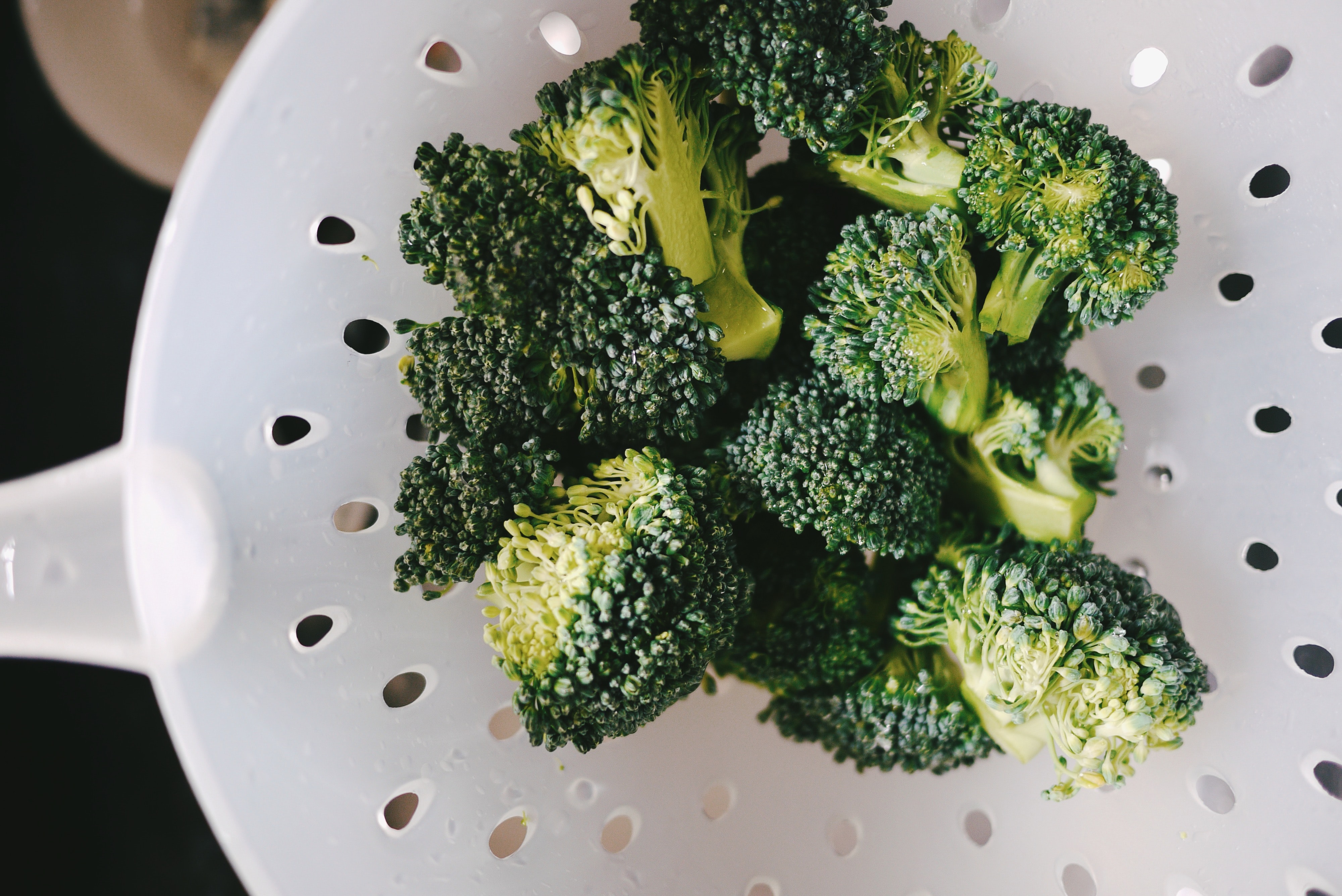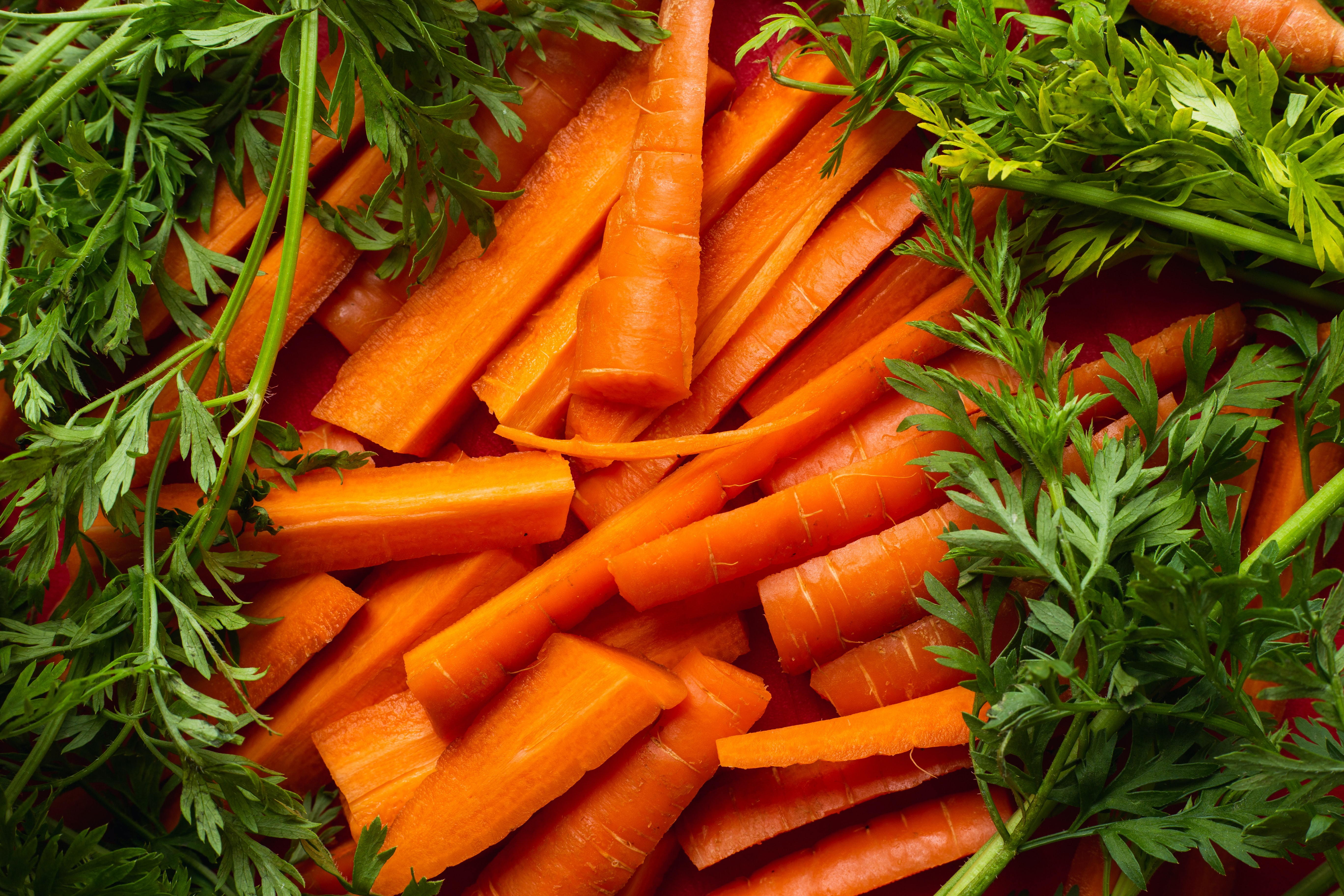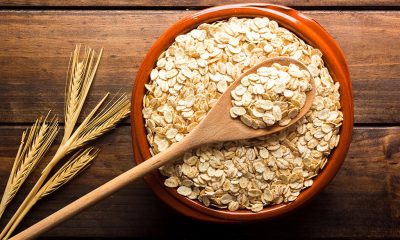Vegetables
Maximize Mealtime by Choosing the Healthiest Vegetables
One of the best ways for people to improve their health and well-being is to eat lots of good vegetables. All vegetables contain vitamins, minerals, and fiber, which are healthy. Some stand out, however, for their extraordinary health advantages.
Recent research has shown that a vast nutritious punch is filled with dozens of vegetables. It could not be easier to slip them into your regular diet. Depending on their diet, general health, and nutritional requirements, certain people benefit more from some vegetables than others.
How would you like your favorite vegetable to be prepared? How do you optimize the nutritional value of the veggies listed? Read more from this blog here!

Spinach
Spinach is a green leafy vegetable and it is also a great source of antioxidants, vitamins, iron, and calcium. Spinach is a perfect addition to any meat- or dairy-free diet because of its iron and calcium content.
For the most part, one cup of raw spinach consists of water and contains just 7 calories. It offers the following nutrients as well.
- Vitamin K
- Vitamin A
- Vitamin C
- Magnesium
- Calcium
- Antioxidants
For a healthy body, and particularly for strong bones, vitamin K is essential. It increases how well calcium is absorbed by the body.
Spinach also provides energy and balanced blood with a fair amount of iron, and muscle and nerve function with an adequate magnesium level.
It is abundant in antioxidants as well. Research reports that the leaves of spinach can lower blood pressure and support the health of the heart.
How to Cook Spinach the Healthy Way
In salads, sandwiches, and smoothies, people enjoy spinach raw. Cooked spinach has essential health benefits as well and is an ideal addition to pasta dishes and soups. Spinach is a nutritious powerhouse, like other dark green, leafy vegetables.
Since some nutritional value is destroyed by all cooking processes, eating fresh spinach raw is the best way to increase nutrient intake. Keep much of the nutritional value when necessary by minimizing the water used to cook spinach and the cooking time.
When cooking fresh spinach, the safest way to preserve all of the antioxidants, vitamins, and minerals is to steam it on top of the burner.
Broccoli
Broccoli belongs to the family of cruciferous vegetables. It is rich in a plant compound containing sulfur known as glucosinolate and sulforaphane, a glucosinolate by-product.
Sulforaphane is essential in that it has been shown to have a cancer-protective effect. Eating broccoli can also help avoid other kinds of chronic illnesses.
A cup of raw broccoli (91 grams ) contains 116 percent of your daily vitamin K required, 135 percent of your daily vitamin C needs, and a fair amount of folate, manganese, and potassium.
How to Cook Brocolli the Healthy Way
Broccoli is very flexible. People have it grilled, steamed, or fried. Some individuals often mix it into soups or eat it hot in salads.
Steaming is best, however, particularly for broccoli. As a general rule, when cooking vegetables, keep cooking time, temperature, and the amount of liquid to a minimum. This is why one of the best ways to optimize nutrients is steaming.
Look for firm florets with a purple, dark green, or bluish hue on top when purchasing fresh broccoli, as they are likely to contain more beta carotene and vitamin C than florets with lighter green tops.
Carrots
Each cup of chopped carrots contains 52 calories, and the recommended daily intake of vitamin A in the form of beta-carotene is more than four times that of an adult.
Vitamin A is essential for good eyesight, and it can help avoid vision loss by having enough of this nutrient. There may also be cancer-fighting properties of some nutrients in carrots. A 2011 study reports that leukemia cells’ growth can be destroyed or prevented by carrot juice extract.
Carrots’ high content of antioxidants can help reduce the risk of cancer of the lungs and prostate.
How to Cook Carrots the Healthy Way
Carrots are a highly versatile vegetable. In casseroles and soups, they perform well, and when eaten raw with a dip such as hummus, they have significant health benefits.
Another research study showed increased beta carotene levels both when boiling and steaming. But try to cook whole carrots, as cutting will reduce nutrients by 25%. In fact, the best option to conserve nutrients is sometimes to cook veggies whole. Be sure to break them into large uniform pieces that will cook uniformly when that’s not practical.

Conclusion
For health, eating vegetables every day is vital. They contain valuable vitamins, minerals, and other nutrients, such as fiber and antioxidants.
Research clearly indicates that the lowest incidence of many illnesses, including cancer and heart disease, is for people who eat the most vegetables. To reap as many health advantages as possible, enjoy a variety of vegetables every day.




















